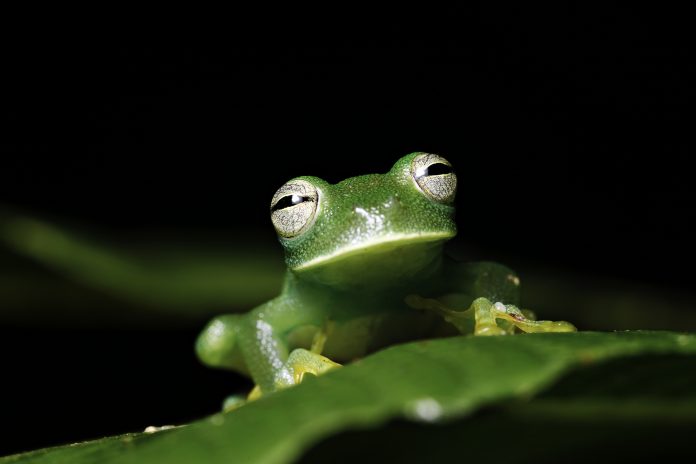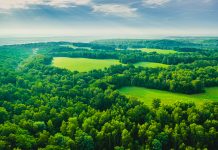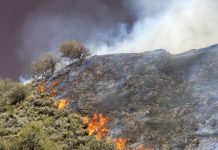The study, published in Nature, finds that 95% of all Amazon forest biodiversity have been impacted by forest fires and deforestation
According to the research, between 40,000 and 73,400 square miles of Amazon rainforest have been impacted by fires. The forest management policies created by Brazil in the mid-2000s appeared to be working though, significantly slowing the rate of habitat destruction.
However, this trajectory changed for the forest with the new Government in 2019.
President Jair Bolsonaro immediately relaxed environmental policies when he took office, stating that no more Indigenous land would be officially allocated for Indigenous communities and dismissing the need to limit deforestation.
85% of species are openly at-risk
Now, the data gathered by a team at University of Arizona suggests that 95% of Amazonian species are impacted by fires and deforestation, while as many as 85% of species are listed as at risk.
“We show how policy has had a direct and enormous influence on the pace at which biodiversity across the entire Amazon has been affected,” said senior study author Brian Enquist, a professor in UArizona’s Department of Ecology and Evolutionary Biology.
Forest loss is predicted reach 21% to 40% by 2050, if things continue roughly the way they are. Crucially, Indigenous communities in the Amazon face threats to their livelihoods and health. Mining in the Amazon has led to mercury-polluted rivers, which slowly poisons the people who depend on the fish and water source.
Can the loss of biodiversity be stopped?
Since people are majorly responsible for the Amazon fires, theoretically, they can be stopped. However, the situation would require a change of Government – as President Bolsonaro has made clear that he does not intend to reinstate environmental policies.
“Since the majority of fires in the Amazon are intentionally set by people, preventing them is largely within our control,” said study co-author Patrick Roehrdanz, senior manager of climate change and biodiversity at Conservation International.
“One way is to recommit to strong antideforestation policies in Brazil, combined with incentives for a forest economy, and replicate them in other Amazonian countries.”
Time is running out, but change is possible
“We have to remember that it took decades to reduce Amazon deforestation, but it may take just a few years to destroy the conservation policy pillars of conservation,” said co-author Paulo Brando, assistant professor in the Department of Earth System Science at the University of California Irvine.
“The recent reverse in deforestation and fires trends, and their impacts on Amazon biodiversity, should be a huge cause of concern.”











